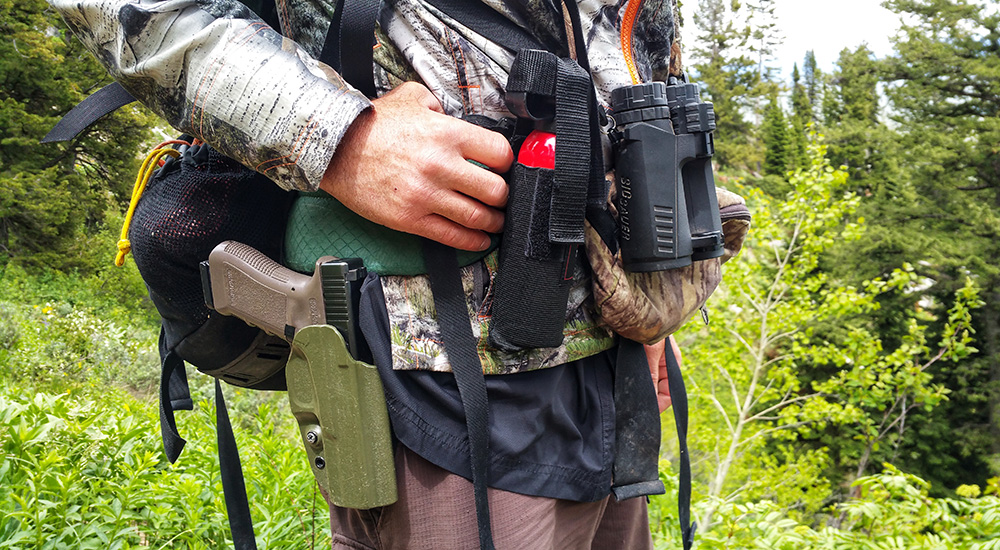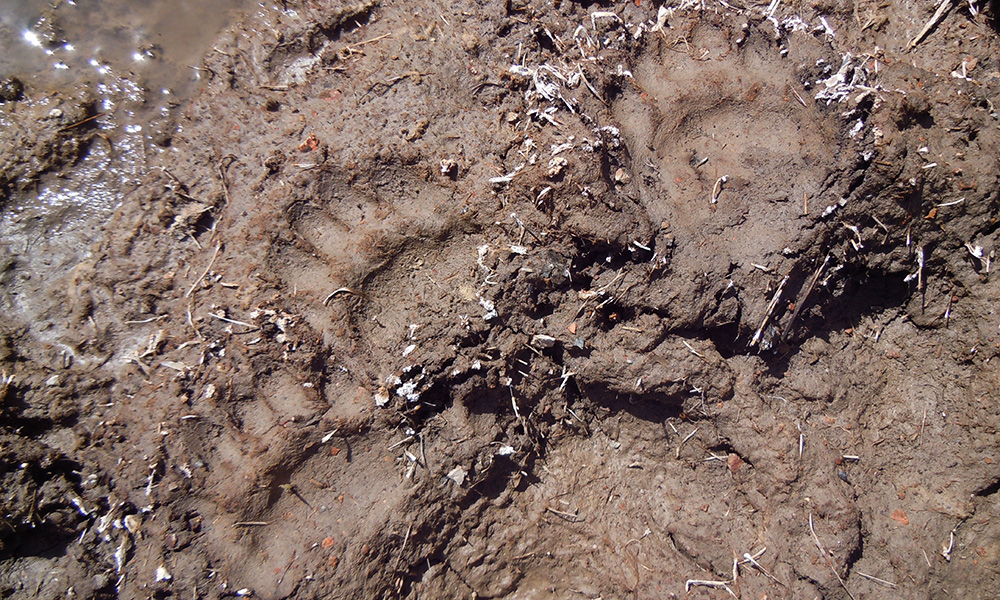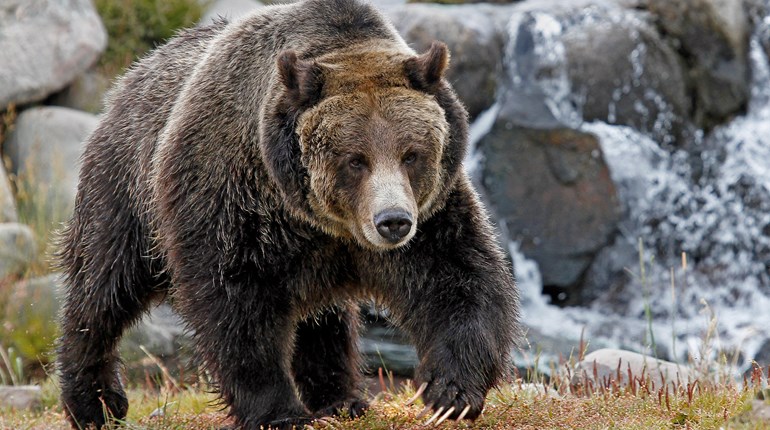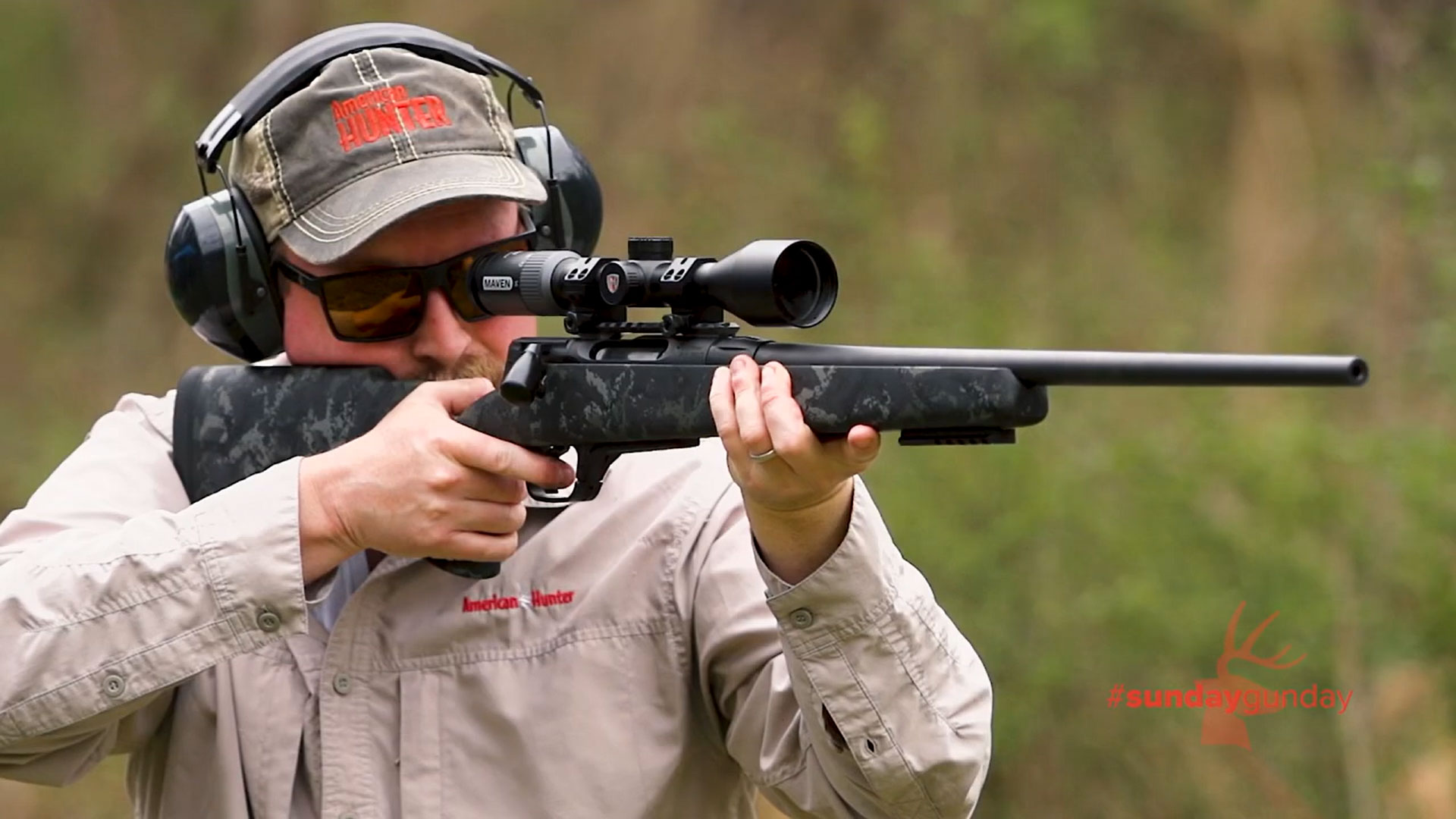
Coming to a neighborhood near you could be any number of predators capable of injuring or even killing you. Thanks to conservation efforts and some over-the-top protective measures, predators, large and small, have expanded in many areas of North America. Once an uncommon sight, black bears, mountain lions, wolves and especially coyotes are not as unusual as your grandfather once touted.
Even the stately grizzly, with its continued threatened species status, is a success to the point it has overfilled much of the available habitat. Point in case: The Wyoming Game and Fish Department (WGFD) captured 45 problem grizzly bears, killing 30 in 2021 alone. More than half killed were outside habitat defined as suitable for their survival. Others were acquiring food from human sources or relying on livestock for sustenance.
These conservation success stories equal more opportunities for you to have a run-in with a predator, thus leading to a bad day. Here are some recommended etiquette suggestions if you do happen to meet a toothy member of the natural world. It is important to be able to identify all species, especially the difference between black and grizzly bears. Some encounter procedures differ according to species.
Black and Grizzly Bears
All predator encounters are not the same. Remoteness, hunger, human interaction and even day to day personality changes can alter a predator’s behavior. Black bears are a prime example. Where I live in Wyoming, most black bears flee at the scent or sight of a human. Farther north in Alberta, where I have hunted numerous times, I have shooed black bears from my blind with the sharp end of my arrow.
Wyoming is home to both species of bears, grizzlies and black bears. Instead of offering encounter etiquette for either species, the Wyoming Game and Fish Department breaks down encounters between bears exhibiting an aggressive or defensive nature and those with predatory intent. Regardless of species or destination, carry bear spray in a body location for immediate reach. Check to make sure it is not expired, in working order and understand how to deploy it.
 Bear spray is effective in stopping many charges, but having a sidearm available for backup is never a bad idea.
Bear spray is effective in stopping many charges, but having a sidearm available for backup is never a bad idea.
A bear that exhibits aggressive or defensive actions could be protecting young, a food source or merely personal space. Hearing a woof or jaw popping is not uncommon, nor is paw swatting or even a bluff charge. As difficult as it may be, stay calm and do not run. Unholster and take the safety off your bear spray. Do not use any actions, yell or look directly into the eyes of the bear. That may increase your presence as a direct threat. Slowly back away and search for other avenues of regress. If the bear approaches, deploy your bear spray as directed. If those measures fail, drop onto your stomach and lace your fingers across the back of your neck. Wearing a backpack is helpful for added protection. Do not fight back.
A predatory bear is a different critter. It may study you for an extended period without woofing or jaw popping. As in the previous situation, prepare to use your bear spray. The WGFD also recommends you stand your ground and make yourself appear as a threat. Stretch a coat between your arms, stand on a rock and yell at an assertive volume. You can even throw a fastball rock at the bear to further show your dominance. If the bear advances, deploy your bear spray and hope the wind is favorable.
Mountain Lion
It seems like many of the human-and-mountain lion news stories arise from California. Since 1990, mountain lions in California have been deemed a “specially protected mammal” with no hunting season. To aid California’s large human population in avoiding a healthy mountain lion density, the California Department of Fish and Wildlife advises the following.

First, always embrace situational awareness of your surroundings. Never hike, run or bike alone. Mountain lions are less likely to view you as an easy win if you travel in a pack. Try to avoid activity during dawn and dusk. That is a difficult ask, especially in warmer zones of North America, but it is when predators, like mountain lions, are most active. And if small children or pets accompany you, stay focused on their activities, which could attract a mountain lion’s attention.
If you do encounter a mountain lion, do not panic, do not advance and never run. Your goal is to stand your ground, stare at it, appear larger, wave your arms, loudly warn it and even throw rocks or a water bottle at it. Unless something is horribly wrong with the mountain lion, it should flee.
Wolves and Coyotes
With an estimated population of 7,000 wolves in Alberta, the potential exists for a meeting in this wildland province. Increasing populations in the Lower 48 also mean the possibility of a wolf meeting. Alberta Fish and Wildlife (AFW) advises you to take these measures if you do meet up with the long-legged canine. To begin with, wolves view any canine as competitor or prey, and will kill them. That noted, keep your pet dog on a leash to ensure it does not attract a wolf. An unleased dog could run straight back at you with a wolf—or 10—in tow.
You can also team up with your canine partner if you need to deter an approaching wolf.
Dog excitement aside, never approach a wolf or entice it with food scraps. Immediately scan for an escape route. If the wolf does approach, within 300 feet and possibly snarling, AFW offers similar instructions like with a mountain lion encounter. Make yourself appear larger than life while waving your hands. Make loud noises and throw any object within reach at it. Begin to back away slowly as you search for a safe place, but never turn your back on the wolf to give it a chance to advance undetected.
Use a similar approach if a coyote decides to throw caution in the wind. Also remember that all mammals can get rabies, although it is rare in larger predators. A rabid coyote, though, could act with no regard for its own health, so report all unusual behavior to a game-and-fish agency.
Above all, be aware of your surroundings and carry any means of defense allowed legally. Having bear spray and a firearm follows sage warrior advice of having two weapons accessible if something happens to one. “Two is one and one is none.” Stay safe out there.



































